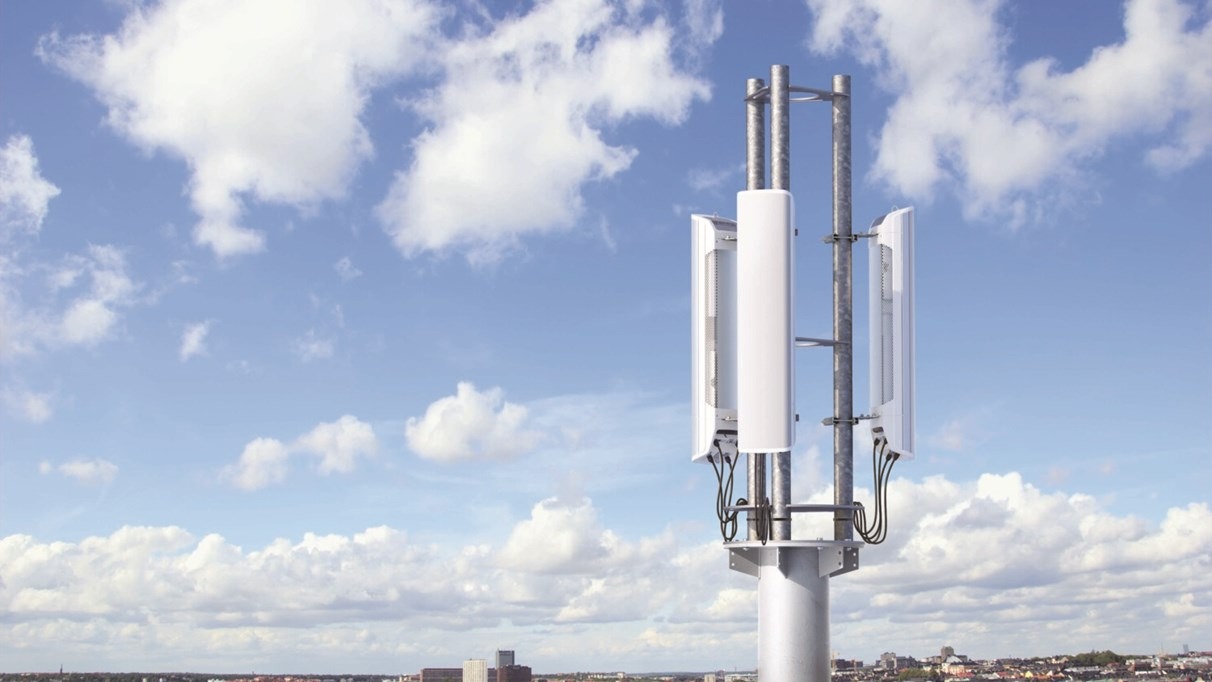Apple's brawny 5G iPhone family will require larger, pricey motherboards
Apple's first 5G iPhones are expected to rip movies, emails and photos down from the cloud at record speeds but that won't come without a price — at least for Apple, where some components required to support the new spec may run a premium of up to 35%.
In a note to investors seen by AppleInsider, Kuo believes that the main logic-board on the 2020 iPhone 5G will have to grow by about 10% in area to accommodate the new technologies. That increase in area will come with a cost — the board fabrication and some new antenna technology will force a 35% increase in cost to build that component.
The increase in the board size is related to heat dissipation from the 5G technology, and the circuitry related to connect to the new antenna technologies for 5G. This does not mean the entire phone will cost 35% more — but the motherboard of the iPhone is a significant cost. Larger expenses are the A-series processor that will be placed on that board, and the OLED screen expected to be mounted on the device.
Suppliers expected to benefit from the larger logicboard are Avary, EMC, and AT&S. All three are existing Apple suppliers.
At present, 5G options in shipping phones are adding about an additional $400 to the price of an already expensive flagship phone, like the Galaxy S10. It isn't presently clear what impact the new technology will have on what appears to be an iPhone redesign with escalating construction costs from other components.
Kuo has previously said that the design will include a metal frame with a "more complex segmentation design, new trenching and injection molding procedures, and sapphire or glass cover assembly to protect the trench injection molding structure." Kuo goes on to claim the "metal frame and front and rear 2/2.5D glass are still used, but the metal frame surface will be changed to a similar design to the iPhone 4, replacing the current surface design."
Due to the changes, Kuo believes the cost of construction will increase for the metal frame by between 50% and 60%, while the glass case cost will go up between 40% and 50%. If tempered glass is used for the grooved cover, the metal middle frame and chassis cost could go up by 25% to 35% and 20% to 30% respectively.
According to Kuo's predictions, the new design will help improve supplier revenue and profitability, and could help increase shipments to 85 million units in 2020, 10 million more than the 75 million reckoned to happen in 2019.
Kuo also predicts the use of VCSEL rangefinders, time-of-flight sensors that offer both photo quality and augmented reality applications. There is also the suggestion of a smaller TrueDepth camera notch for the 2020 model, and a full-screen display for 2021.
 Mike Wuerthele
Mike Wuerthele











 Malcolm Owen
Malcolm Owen
 William Gallagher and Mike Wuerthele
William Gallagher and Mike Wuerthele
 Christine McKee
Christine McKee
 William Gallagher
William Gallagher

 Marko Zivkovic
Marko Zivkovic









